Abstract
Pyoderma gangrenosum (PG) is an uncommon neutrophilic dermatosis characterized by inflammatory and ulcerative conditions of the skin. Typically, PG begins as a violet-colored inflammatory papule or pustule with a well-defined, purulent erythematous base that evolves into a painful ulcer. Additionally, PG may manifest as bullous, vegetative, peristomal, and extracutaneous lesions. Over half of the individuals with PG have the condition in conjunction with an underlying systemic disease, most commonly inflammatory bowel disease, hematologic disorders, or rheumatoid arthritis. Diagnosing PG requires identifying consistent clinical and histological features while ruling out other inflammatory or ulcerative skin disorders, as there are no unique clinical or histological signs definitive for PG. With an incidence rate estimated at 3–10 cases per million annually, PG predominantly affects young to middle-aged adults, typically between 40 and 60 years of age, and is more frequently diagnosed in women. At Uludağ University's Gastroenterology Department, we have reviewed five cases with varying sites of involvement, comparing them against the existing body of literature.

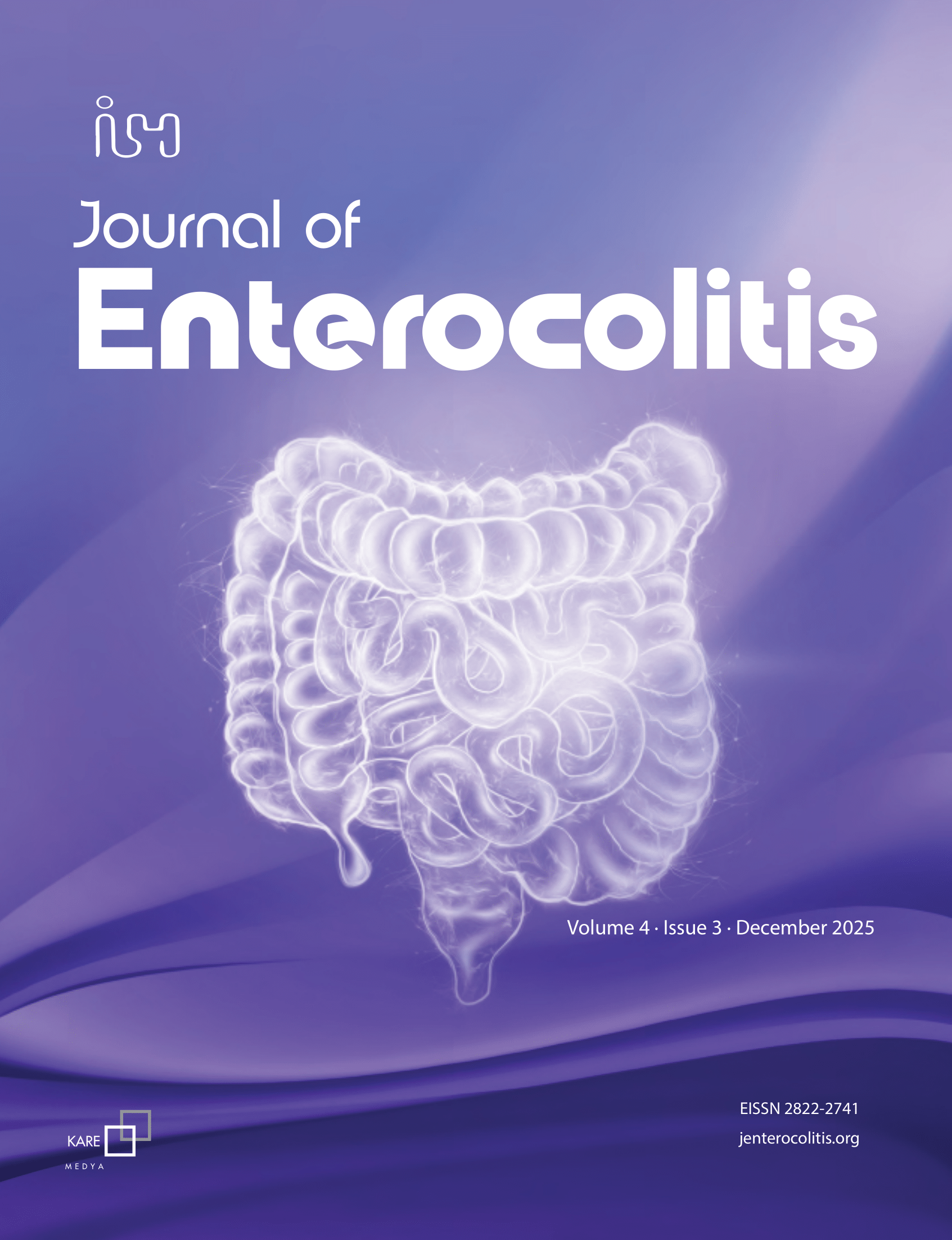


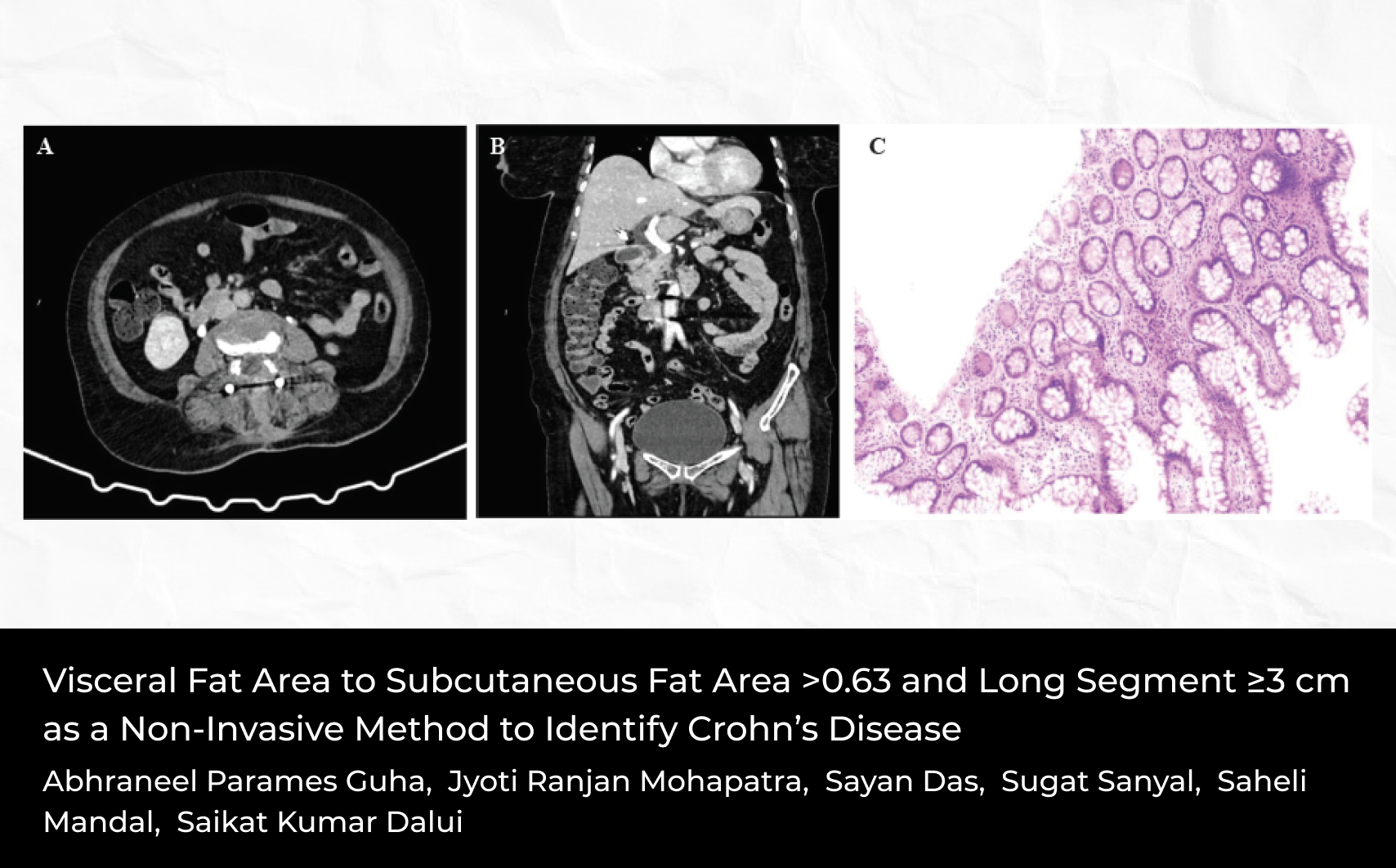
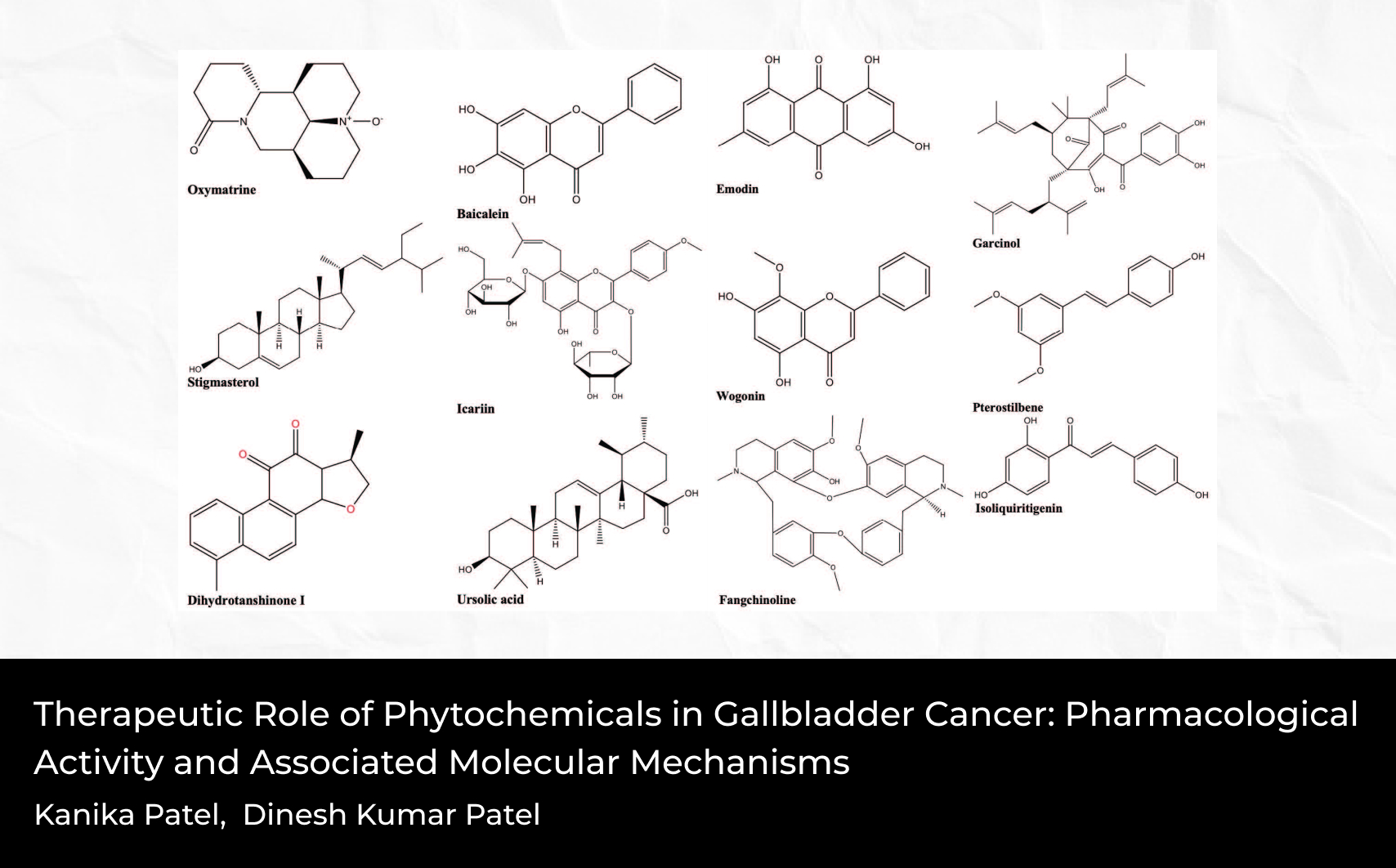
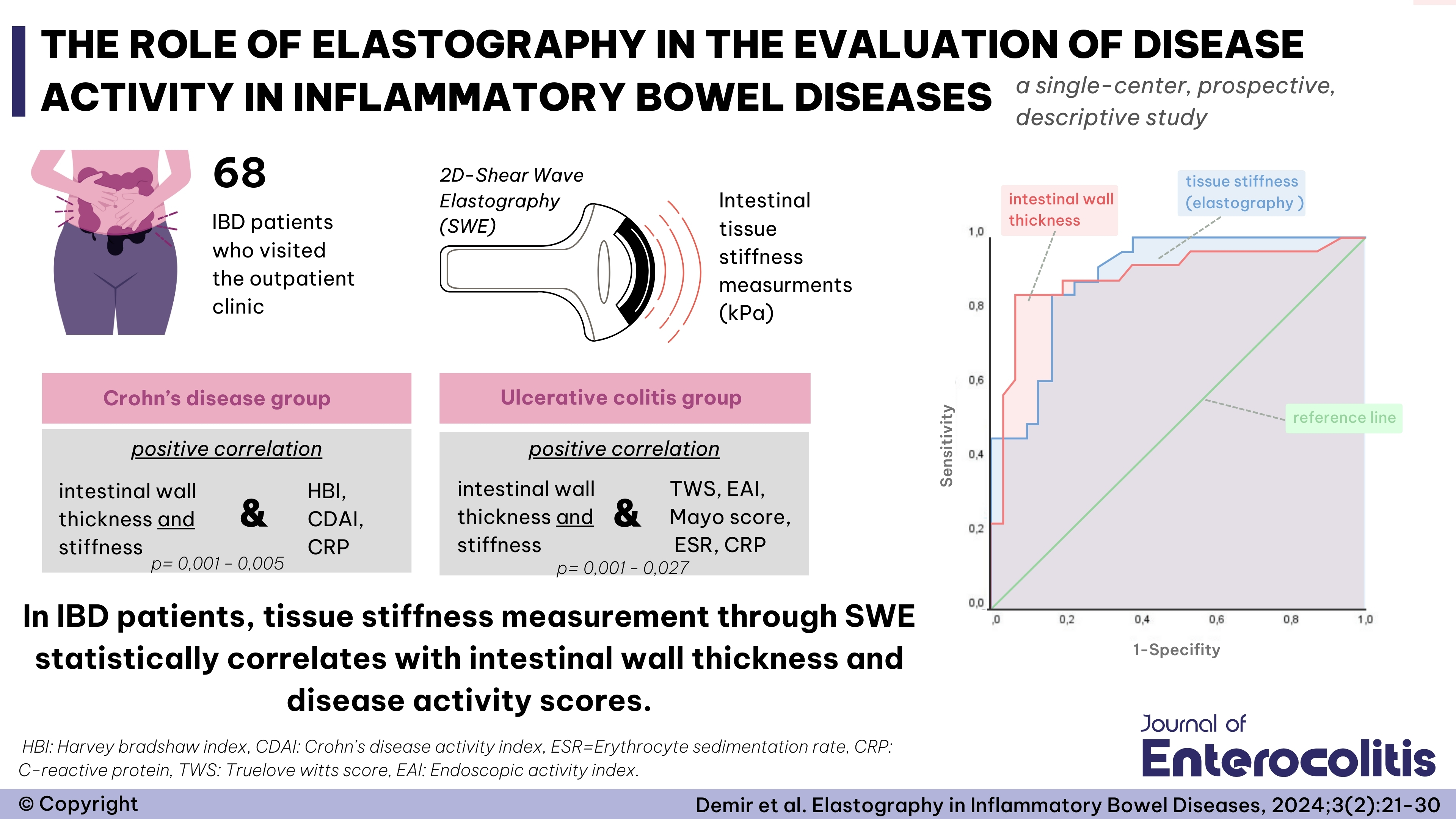
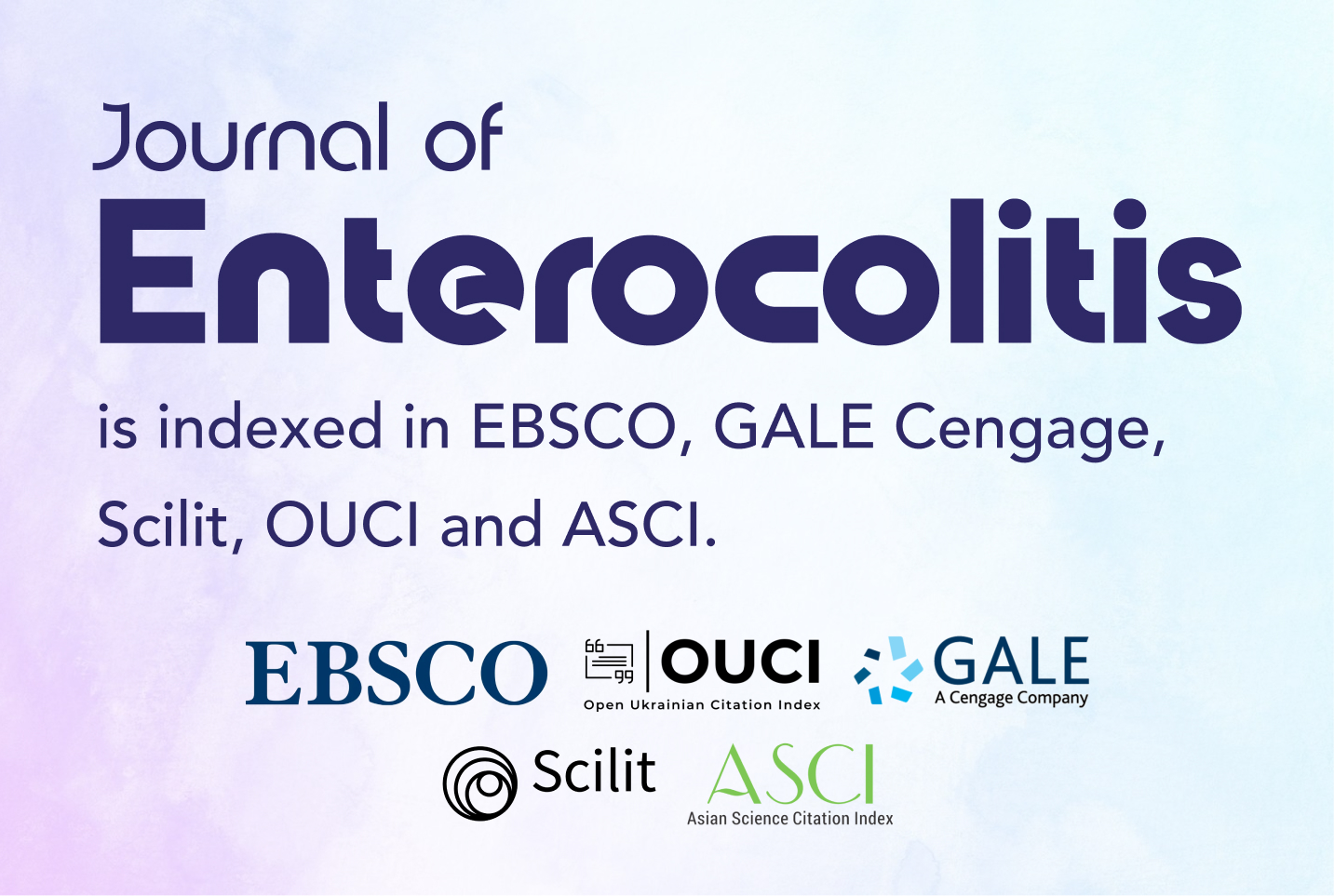
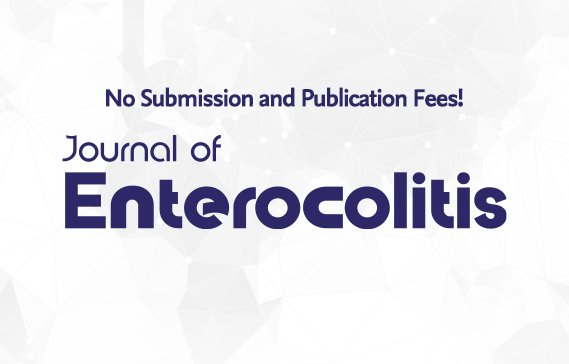
 Mehmet Kürşad Keskin1
Mehmet Kürşad Keskin1 






